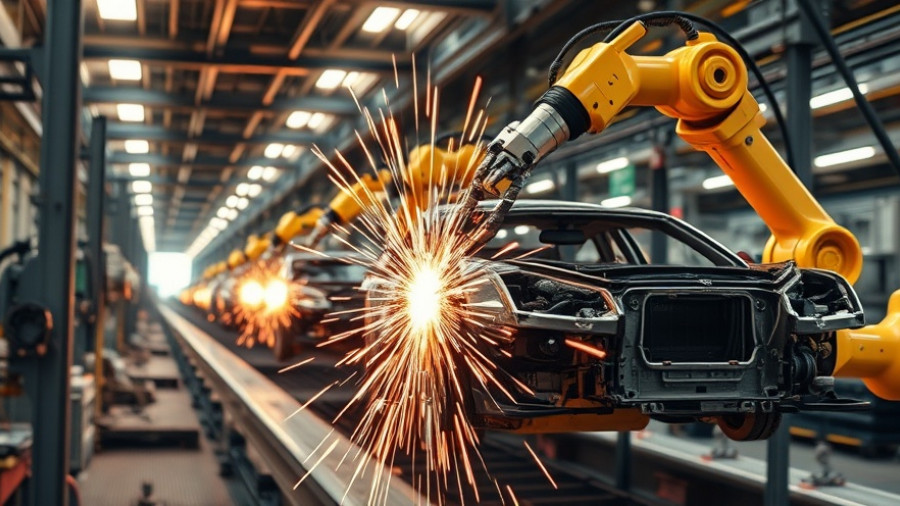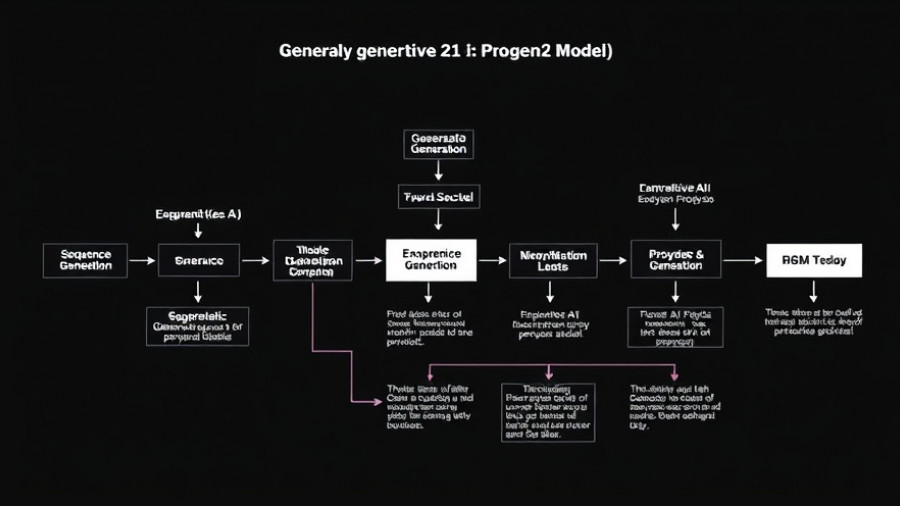
Revolutionizing Creative Workflows with Amazon Bedrock
In a world where speed and efficiency are paramount, Amazon Bedrock is paving the way for product teams to elevate their creative processes using generative AI. Traditional workflows often slow down project timelines with lengthy revisions and manual compliance checks, but Bedrock offers a promising solution, streamlining processes for marketing campaigns and multimedia content creation.
Unlocking the Power of Generative AI
Imagine an e-commerce team tasked with managing seasonal product launches. Historically bogged down by inefficient collaboration, the team is now empowered by Amazon Bedrock along with its Nova models. This potent combination enables the generation of everything from product descriptions to eye-catching visual concepts. The integration ensures brand guidelines are upheld while drastically shortening time-to-market. By implementing a solution that encompasses a knowledge base containing successful campaign materials, teams can access a streamlined system that informs every creative decision, ultimately making content generation faster and more relevant.
Structured Innovation Through Seamless Integration
The transition from concept to market-ready material with Bedrock is seamless. By securely storing creative assets in Amazon S3 and indexing them with Amazon OpenSearch Service, product teams can enhance collaboration and retain brand consistency. Guardrails help maintain compliance throughout the creative development process, which leads to higher quality outputs. Moreover, marketing teams can now pivot between multiple channels without compromising voice or authenticity.
Measuring Success and Future Trends in Creative AI
As Brad Adgate, a noted industry expert, once said, "Tools and technology must back creativity, not stifle it; generative AI presents an opportunity to do just that." Teams now have the potential to not only create faster but smarter creative outputs by leveraging data analytics in their campaigns. A study published by McKinsey reveals that personalized marketing strategies dramatically lower customer acquisition costs while improving ROI. This is crucial as brands face pressures in keeping pace with consumers who demand thoughtful, targeted experiences.
Transform Your Creative Team with Amazon Bedrock
Amazon Bedrock is more than just a tool; it’s a transformative technology that merges innovation with creativity. For organizations aiming to stay ahead of the competition, embracing generative AI is not just beneficial but essential. Start employing Bedrock in your creative strategies today to reset how your teams collaborate, innovate, and engage the market.
 Add Row
Add Row  Add
Add 




Write A Comment